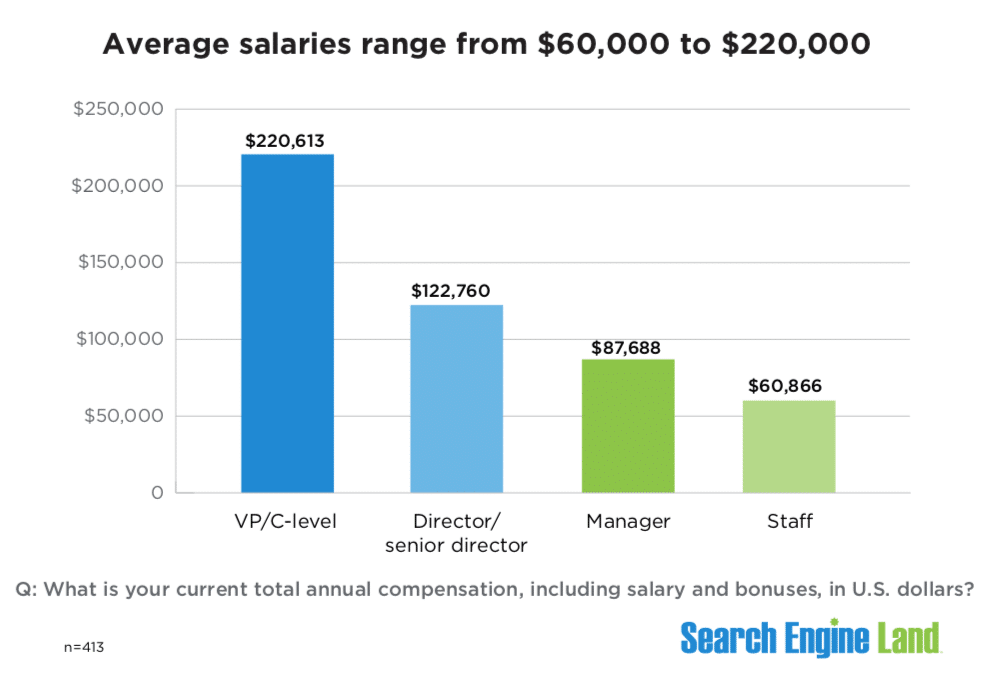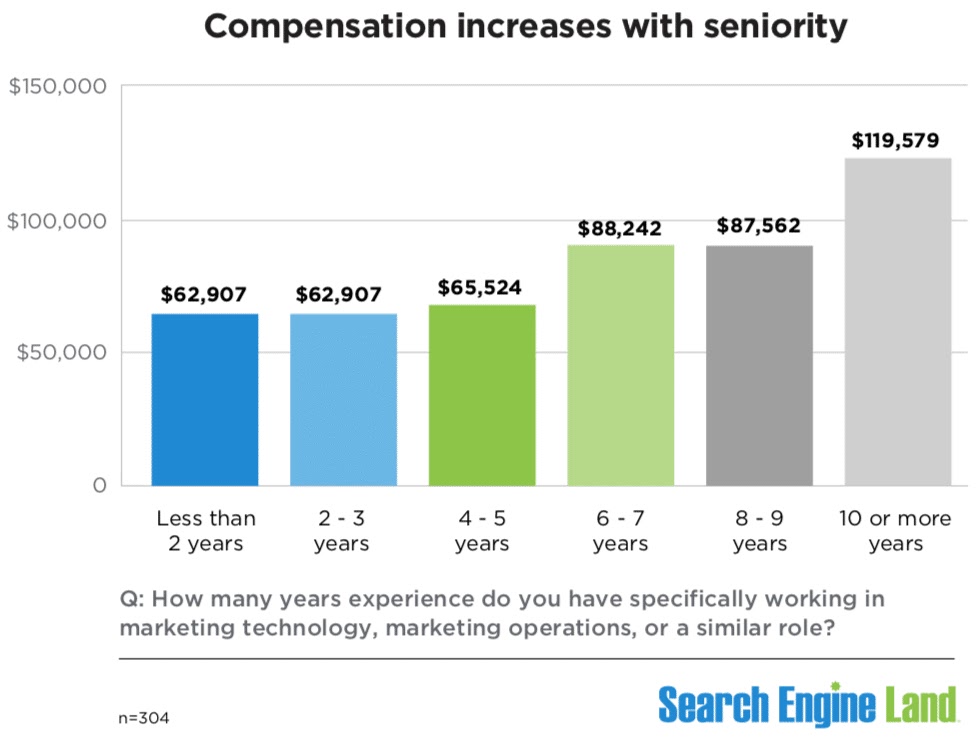For weeks now, we’ve been hearing how Twitter is pushing users to pay for their Blue Subscription plan or lose their verification status. The news comes as the app had decided to get rid of its classic legacy verification badge by April 1.
But so far, they have been largely unsuccessful at doing so as shown by leading social media experts who shared screenshots as evidence.
Twitter’s legacy blue tick removal is not as simple as it appears, explains a new report by the Washington Post. When done in a huge quantity, it would result in the entire system breaking down and to prevent that, engineers are steering clear of the endeavor as that’s the last thing the microblogging site needs is for the app to crash.
It’s deemed to be a very lengthy and complicated process so now if you actually buy the blue subscription, your legacy blue verification badge stays present and you’re given a verbal alert that claims you’ve attained Twitter Blue status OR Legacy Blue Verification.
The news sent the Twitter platform abuzz with many speaking about how Musk failed at doing a simple task that he had vowed to perform for such a long time. Meanwhile, others couldn’t help but mention how Musk couldn’t remove it because he and his team simply did not know how.
Elon Musk doesn’t know how to remove the blue ticks?
— Matt Navarra (@MattNavarra) April 2, 2023
this is what we’ve got instead pic.twitter.com/EOLHr52OHI
But others are looking at this incident as a smart tactic from the platform’s heads as it means users would fall into the trap of paying for Twitter Blue and losing that verification status which the app is finding trouble removing. So you actually do lose out.
It was last month when tech billionaire Elon Musk claimed this legacy verified tick would be eliminated by the month’s start. Clearly, the deadline is crossed and we can only see on account, The New York Times has its verified status lost as they boldly claimed it wouldn’t be paying for the subscription.
Other employees who used to work at Twitter say that the removal process is actually very tiresome and complicated. It’s quite like the Excel spreadsheet which has a history of breaking. So many workers are now forced to experiment with workarounds.
There is actually no way to remove such badges as a whole so another alternative is to go case by case.
Meanwhile, last week, the Twitter chief stood by his decision to drop the legacy tics as they felt it was time for everyone to be treated equally. He also mentioned how it was important to keep bots and spam in control while adding how the app should never have different standards when it comes to celebrities and others.
But as we approached this month of April, accounts with the legacy status did not have their ticks removed. And we saw Musk even mention in a post how he was willing to give the app’s users a grace period of several weeks after which he would remove it. But now, that message has been deleted.
Read next: Twitter Makes A Portion Of Its Source Code And Algorithm Available For Public Inspection
by Dr. Hura Anwar via Digital Information World

















